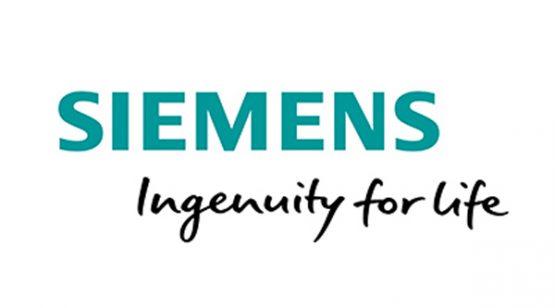
Equipped with my graphic board, pens, sunglasses and shorts I set sail for the Scrum Gathering in Orlando. Having attended two awesome gatherings in the past, the bar was set high – however, I was far from disappointed.
From the offset, co-chairs Anu Smalley and Kate Megaw knocked it out of the park by entering the stage to the sound of ‘Starman’ by David Bowie, whilst wearing convincing spacesuits complete with helmets. This was their genius way of setting the Gathering’s theme ‘Infinity and Beyond: Transforming the World of Work’. With three tracks on offer, ranging from beginner (‘Mission Control’), intermediate (‘Orbiting the Earth’), to advanced levels (‘Agile Galaxy’), there were more than enough sessions to choose from for all 1100 attendees. Let’s not forget that this was the largest Scrum Gathering so far.
Although each session had a unique offering, there was an obvious key topic that resonated from all talks. During the CST/CEC retreat ‘Agile Leadership’ was introduced as a pressing subject, with one attendee keen to highlight the distinction between ‘Leaders’ and ‘Managers’. Brian Rabon reminded everyone that ‘Agile starts with Leadership’ during his opening keynote. A panellist on the PWC keynote pinpointed that any organisation would struggle without ‘Agile Leadership’, and Steve Denning went on to inform the audience during his ‘Agile Leadership’ talk that the key driver for ‘Agile Leadership’ is having a different mindset.
Leon Sabarsky identified during his ‘Extreme Scrum Hiring’ talk that an obvious flaw when interviewing individuals for team roles is to interview them on their own. His key takeaway was to move away from ‘One-on-One’ interviews by considering ‘Scrum Team group interviews’. This approach enables individuals to be assessed based on their engagement within the group, and demonstrate the qualities required for being an effective team player. It all comes down to good collaboration and communication, folks.
Leon noted that:
“the number one criterion that Scrum team members ought to be measured against is their Collaboration skill. It’s relatively easy to teach people a domain area, Agile methods and a specific technology. However, I can’t teach someone to collaborate well. They either have it or they don’t. If they don’t, they will reduce team effectiveness and cohesion over time.”
Another talk with an interesting twist was ‘Scrum Team CRM: Aviation Crew Resource Management Techniques for Scrum Teams’ by Thomas Friend. Using the narrative of flying aircraft, Thomas made strong comparisons between ‘Aviation’ and ‘Scrum’. Once again, the underlying message here was good communication.
During the Gathering another inspiring movement was unfolding. A group of passionate Agile Educators met face-to-face to carve out a manifesto for Agile that is authentic to Education. With a variety of case studies demonstrating how Agile values and principles have been adopted within an educational setting showing proven success, this group of innovative leaders were making a difference. They set out to define a vision and values for what resulted in the ‘Agile in Education Compass’, an inspiring model for how education can respond to the modern world with agility.
Once again, I had the opportunity to take to the pen and draw key insights from beginning to end. The canvasses enticed the crowds, and people soon took to Twitter to share the learning and store the visuals as a reminder of the Gathering.
Alongside this, on the final day, I couldn’t resist suggesting an Open Space topic around the use of ‘Graphic Templates’ which can assist coaches and facilitators in communicating with pictures. The session was a great success and those that attended were satisfied with their newly gained visual skills.
“Visuals speak volumes, this workshop encouraged me to draw and take these skills back to my team.” – Lynda Menge (workshop attendee)
Whether you wish to enhance your facilitation skills, make collaborative design thinking a key enabler within your team, or simply gain the confidence you need to draw live in front of an audience, join me for a one-day ‘Innovation through Visualisation’ workshop in London on the 1st of June or Atlanta on the 24th of July.
My final point on what drives so many people to attend the gatherings: passion and the desire to collaborate and share ideas. People attend these fantastic events for the discussions and seeds of information that are shared over breakfast, and last well into the evening over a cold beer, the networks that grow, and the desire to continue to collaborate way beyond the event.
I look forward to sharing some ideas with you at the next Scrum Gathering.
By: Stuart Young from Radtac
http://www2.radtac.co.uk/blog/scrum-gathering-orlando-through-the-eyes-of-a-live-illustrator/




